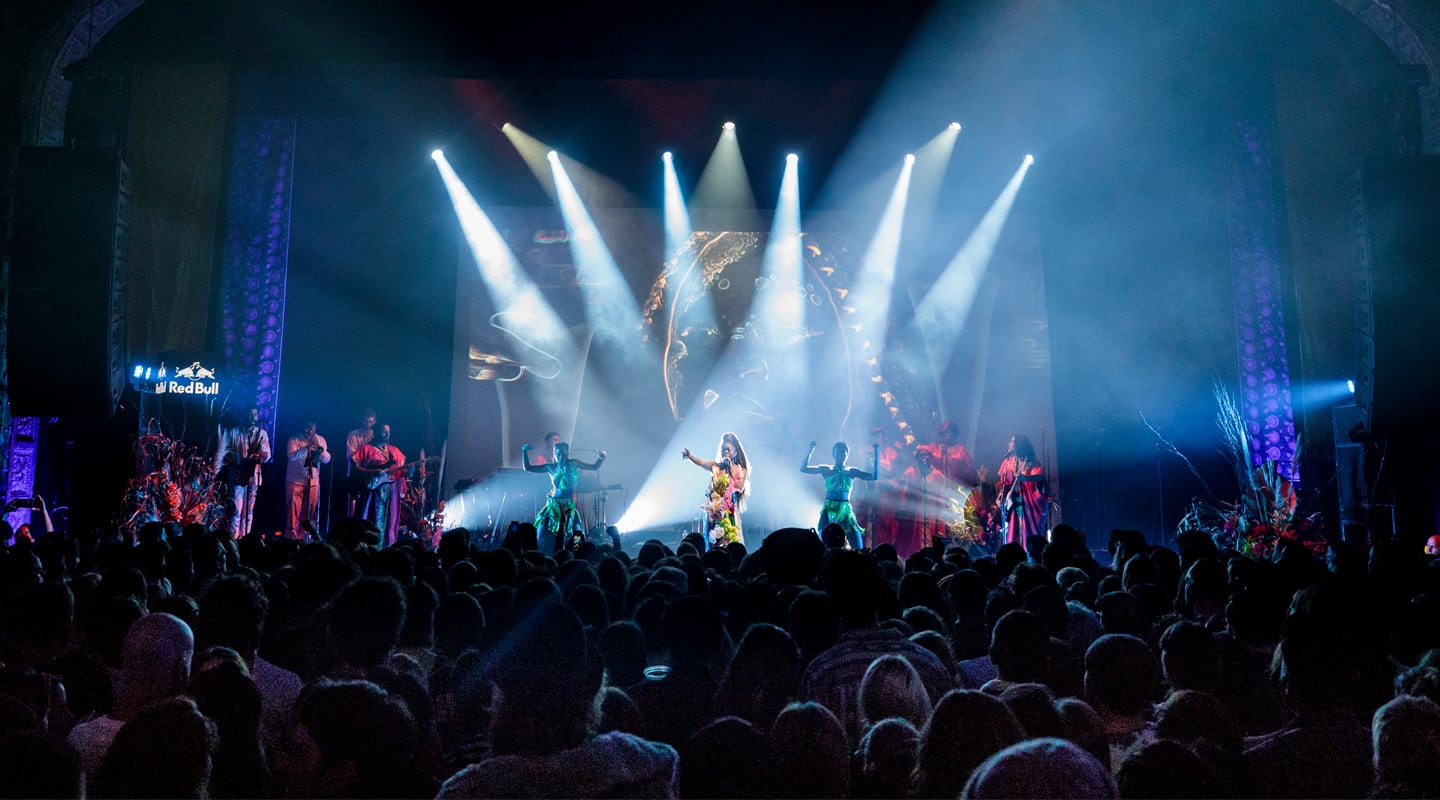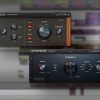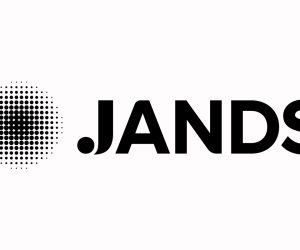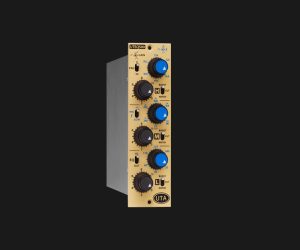
Sampa The Great Live
It was a joyous and triumphant homecoming for an extravagantly-gifted hip hop talent.
It’s strange to call it a ‘homecoming’ but for Sampa The Great, her Melbourne show at the Forum was just that — a hometown celebration. The Zambian-born rapper was raised in Botswana and jetted to California to study music for film, before moving to Sydney to pursue an SAE course in audio production. But since 2018, Melbourne has been home. Teaming with producer Alejandro ‘JJ’ Abapo to make ‘The Return’ LP, released late 2018 and garnering a Best Hip Hop Album ARIA nomination along the way.
Sampa has toured the world. Mostly she travels light, flying in and out of festivals and short tours. There’s been a commensurately frugal approach to production but Sampa pulled out all stops for the sold out Forum show.
Joining the core group of keys, guitar, bass, drums and BVs was a three-piece brass section, choir and guest artists. In all, front of house engineer, Dale Hughes had 67 inputs into his Digico SD10 and monitor engineer Adam Kaye had 24 mixes out of his SD10.
With so many open mics, Dale was conscious he had to be careful in the forum — a venue he knew from previous gigs he’d mixed.
“That was the reason for spec’ing KSL from JPJ Audio,” noted Dale. “With the KSL, and with everyone on ears it made for a really tidy stage sound.”
QUIET PLEASE
JPJ’s new d&b KSL PA is voiced to sound much like its V and J Series brethren but has the big drawcard of superior rear-of-cabinet sound rejection — it’s eerily quiet behind a KSL hang.
The result is an almost jazz-like quality to the FOH mix, where you can hear the air around the instruments and vocals… albeit with a hip hop-friendly low-end that could raise the dead.
“It’s all about the rapper in hip hop,” observes Dale. “Sampa is just rock solid. I’ve worked with Sampa and her band for two years, so I know every single word. I know exactly when she’s gonna yell or whisper or recite poetry or turn on a funny voice.”
With the emphasis on Sampa’s vocal delivery, Dale spent time ensuring she had the right vocal mic. With Sampa’s full vocal delivery Dale knew he was after a dynamic capsule and dutifully picked up a Beta 58 as the first port of call. But after demo’ing the 58 and Beta 87, he gave the Shure KSM8 head a go, along with a Sennheiser option. Finally, Dale tested and settled on the Telefunken M81 capsule sourced from Travers Chesney Audio Services in Melbourne.
“The M81 capsule achieves what I was looking for, with a low proximity effect. It’s a dynamic capsule, because Sampa’s loud and I don’t need a condenser picking up everything on stage. The M81 is bright — it’s a bright sounding mic in her ears — but I don’t find it harsh compared to other mics we’ve tried.”
VOCAL DELIVERY
The show uses Shure ULX-D wireless, piping audio into the mixing console via AES digital. Dale uses a Rennaissance Compressor plug-in from a Waves pack rather than the desk’s onboard compressor: “I’m using the R Compressor to get some extra level on the lower-level parts but it’s not harsh sounding to my ear when she really does lean into it.”
From there, the vocal goes into a Waves F6 dynamic EQ. “The F6 EQ is especially handy for getting the vocal sound I’m after in smaller venues, with smaller PAs. For a larger gig such as this, the F6 is just doing some low mid attenuation. When she’s speaking it leaves more of the low mid in there, yet when she really puts some level into it, it pulls the low mids back a little.”
The vocal then hits the Waves C6 which is doing some de-essing: “I’m just using the two floating bands to grab whatever is jumping out in certain songs — nothing too crazy.”
Vocal clarity is key for Dale. He keeps Sampa’s channel locked in on the last fader of the console — he always knows where to find it and works that fader plenty.
“It’s mainly a balance thing. I’m not so much into savage EQ — I try to let the vocal breathe and sound as natural as possible. In fact, I like to use less channel EQ and more system EQ. I like to get the PA sounding right then everything should sit in the mix with a HPF and maybe a little notch of 1dB here or there.
“I like to use reverb as a space tool more than an effect,” continues Dale. “So I’ll try to place my backing vocals, for example, in a nice little package behind the main vocal.
“I adhere to the old school method of determining how loud I want the vocal to be and work backwards from there — build my mix underneath that. That’s about a balance.
“I like to mix the show and not rely on automation. I know the moments when I need to really push the guitar or bass. It’s a dynamic mix. I’m not ‘snapshotting’ every single song, locking myself into a box. I know how I want each song to sound and I use the faders to get there.”





























RESPONSES